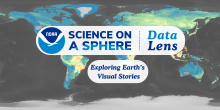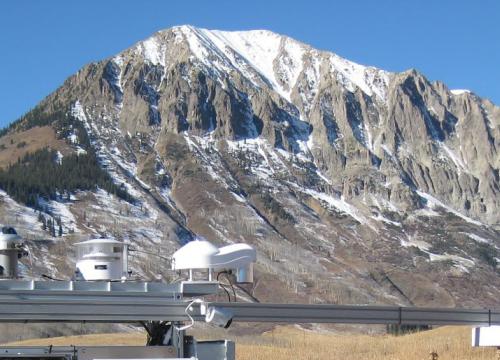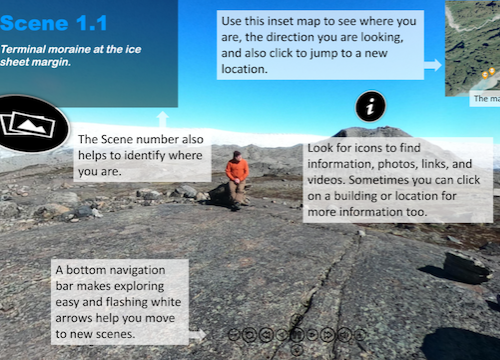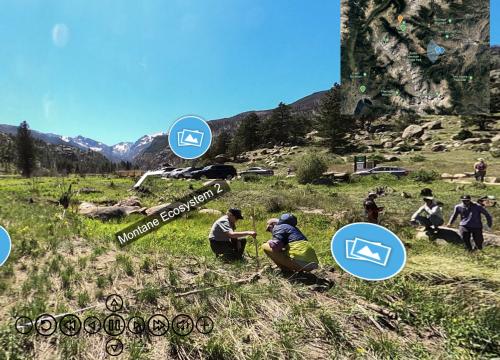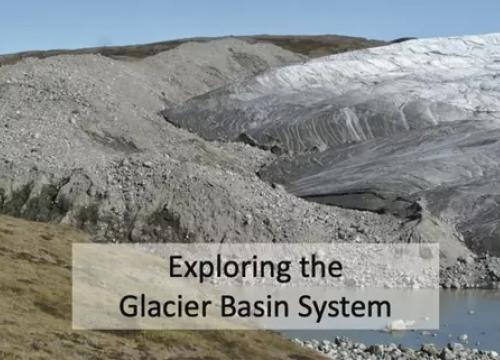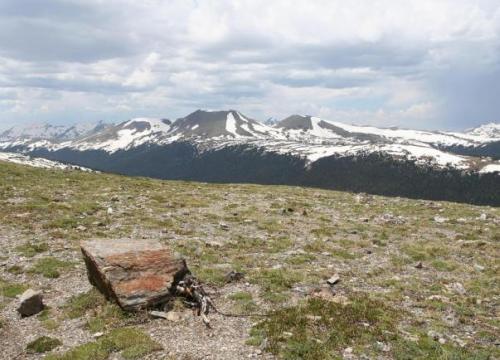Surface Air Temperature Forecast - Climate Zones
Daily temperature changes can reveal clues about a location’s landscape and climate—especially in winter in the Northern Hemisphere. In this lesson, students will compare an afternoon winter forecast to one in the middle of the night, exploring how temperatures shift over time and how these changes differ between inland areas and coastal regions.
Context for Use
In this short activity, students will strengthen their critical thinking skills by carefully observing the data, forming ideas, and backing them up with evidence.
While these maps do relate to weather, climate, and topography, the real goal of this activity is to help students slow down, look closely, ask better questions, and support their ideas with strong evidence. However, if you’re teaching a unit on weather, climate zones, or landforms, this could be a great addition to your lessons!
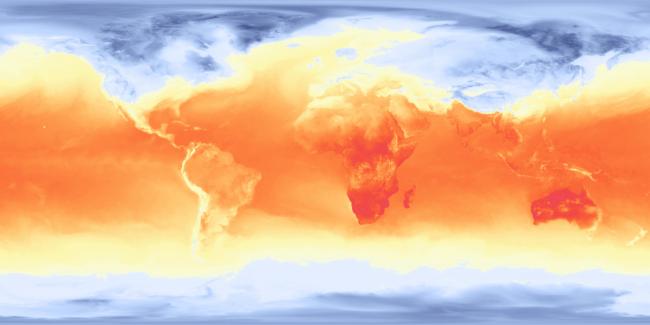
Global temperature map showing climate patterns across Earth.
Goals Header
What Students Will Do
- Students will strengthen their critical thinking skills by carefully observing the data, forming ideas, and backing them up with evidence
Teaching Materials
Description
Time required: 10-20 minutes
